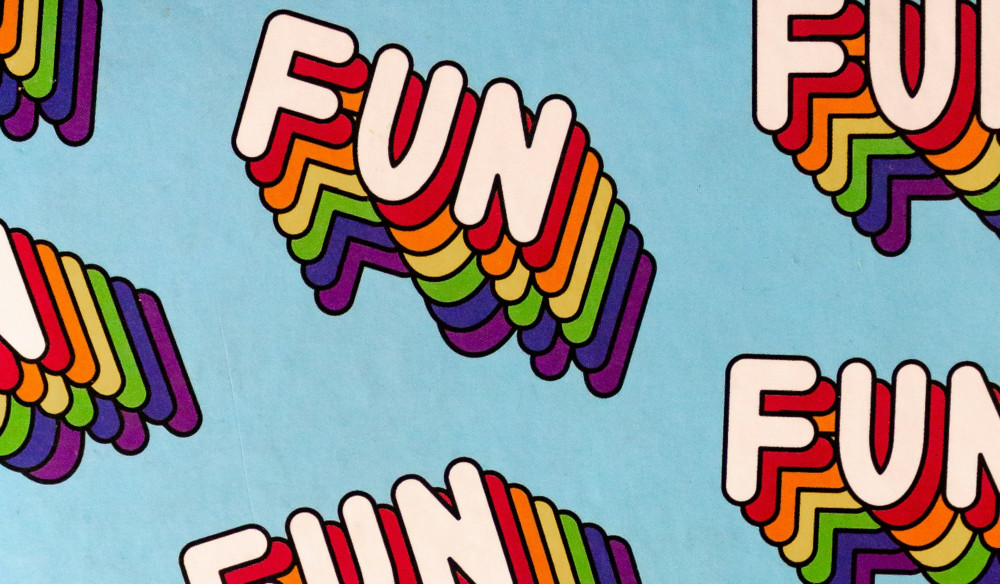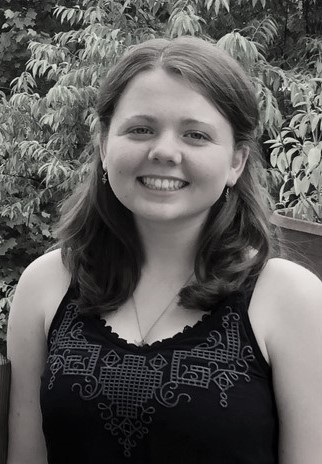
In this post, Kali Muhly-Alexander reflects on her learning experiences at the University and why the University needs to be creating a curriculum that includes multiple avenues to students’ success. Kali is a recent graduate of The University of Edinburgh’s MSc Food Security program, and this post is part of the Learning and Teaching Enhancement theme: ‘Learning how others learn’↗️.
This summer, I participated in a student-staff co-design of an undergraduate course for The University of Edinburgh, titled ‘Investigating the “who”, “where”, “how” as well as the “what” of teaching and learning in Geosciences’. As a current GeoSciences student (MSc Food Security, 2023) and a former 3rd grade public-school teacher in the United States, I was interested to engage with others on topics concerning how GeoScience students at the University learn, where we learn, and what we need to excel in the classroom and professionally. I walked away from this workshop reflecting on my own experience at this University, how I best learn, and how learning and teaching methods can be improved to ensure a fun and accessible experience for all engaged in the process.
I love learning about learning. When I entered the classroom as an educator three years ago, I spent a considerable amount of time reflecting on the kind of student I had been and how I could best serve my students who exhibited a range of different needs, learning abilities, and learning styles. I was a teacher, but I was also a student—always learning, always reflecting, always adjusting. I incorporated a range of learning styles into my curriculum—auditory, kinesthetic, visual—with the hope of engaging all students in the learning process. I taught English to Speakers of Other Languages (ESOL) and 99% of my students were native Spanish speakers from Guatemala, Honduras, and El Salvador. A typical session in my classroom might have included having beginner English-learning students first look at pictures of vocabulary words, using the vocabulary words in sentences or stories, and then spelling the vocabulary words with clay.
As a postgraduate student at The University of Edinburgh, I found myself back on the other side of the lectern, reading papers, taking notes, and raising my hand to answer questions. However, I felt a bit stifled.
GeoSciences is not social sciences. There are more clear-cut answers to some of the more scientific-based questions. However, there seemed to be little room for discussion or debate – my preferred methods of learning—in my postgraduate course.
Through conversations with my peers, I learned many flourished under the cut and dry method of teaching: you read the articles, you come to lectures, you listen, and you learn. I found myself bored. I doodled in class. I played online chess. I sometimes asked inflammatory questions just to get a rise out of the lecturer or my classmates. A few of my classmates told me they thought I should get tested for a behavioral disorder because, really, what other reason could there be for my not being able to focus for three hours as a renowned academic droned on and on about their latest research findings. I felt ungrateful and a bit of a failure. I was at a world-renowned institution surrounded by some of the best minds academia had to offer, and I felt as if I wasn’t learning a thing.
How do we create a classroom that caters to all students, regardless of teaching style? In short, you don’t. Speaking as a former teacher, it’s impossible to create a curriculum that pleases 100% of students 100% of the time. What we can do, though, is create a curriculum that includes multiple avenues to students’ success. A curriculum that caters to a variety of students’ learning abilities, but also challenges them to hone underdeveloped skills.
Is higher academia for the teachers or the students? If it’s for the students, then we need to return to the drawing board and devise new methods that cater to a variety of different learning modes. We must return to the basics and reincorporate some of the FUN-damentals of learning. A lecture hall is not the only place where material can be learned, and books, pencils, and laptops are not the only tools students need to be successful. To further set students up for success, in Geosciences and beyond, a more holistic approach to teaching which includes multiple possibilities to engage in the coursework is necessary.
 Kali Muhly-Alexander
Kali Muhly-Alexander
Kali Muhly-Alexander (she/her) is a former third grade teacher in Baltimore, Maryland, and a recent graduate of The University of Edinburgh’s MSc Food Security program. Born and raised in West Virginia, USA, she is passionate about working with local communities to encourage programs and initiatives that educate and engage young people in sustainable farming practices and entrepreneurship.


